Before the policy of renovating the space around the lake to create a community living environment and promote tourism, it is important to correctly identify the landscape value to take appropriate steps, avoiding affecting the identity.
Hanoi Moi Weekend had an interview with Architect Dao Ngoc Nghiem - Vice President of Vietnam Urban Planning and Development Association about this issue.
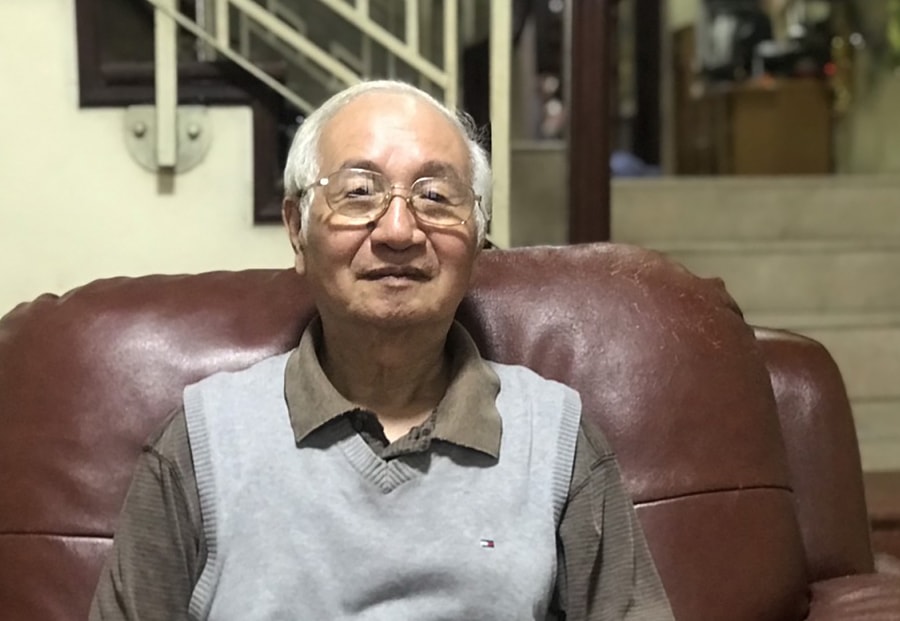
- Architect Dao Ngoc Nghiem, the renovation of Hoan Kiem Lake landscape has been carried out many times by the Hanoi People's Committee, but this is probably the largest-scale renovation. In your opinion, why did Hanoi decide to choose this time and what significance does the renovation bring to Hanoi?
- The renovation and beautification of Hoan Kiem Lake and its surrounding areas at this time is a necessary step because Hanoi is lacking spacious public spaces that fully meet the criteria of water, trees, commercial areas and entertainment services. In particular, Hanoi is lacking real squares that are not affected by traffic and can operate at all times.
In particular, the policy of renovating the area east of Hoan Kiem Lake to enhance public space is completely consistent with the overall planning of this area and the urban development orientation of Hanoi.
After completing the renovation, this area will create a public space that harmoniously connects with Dong Kinh Nghia Thuc Square, the walking street, increases green space, limits construction, contributes to preserving and maximizing the value of urban heritage and improving the quality of the landscape, meeting the needs of residents and visitors when coming to the walking space and cultural events of the city.
- So, in your opinion, what is the most important thing when renovating Hoan Kiem Lake and surrounding areas?
- We need to correctly identify the landscape value of Hoan Kiem Lake. When the French colonists occupied Hanoi, they correctly identified the value of the lake and re-planned, built a road system around the lake and inaugurated it in 1893. Since then, this area has become a transitional area between the old quarter of Thang Long and the new quarter with European style, and at the same time played the role of the center of the city, where many important cultural events took place.
In terms of space, the north of Hoan Kiem Lake is designed to be open, becoming the destination of many ancient streets, typically the two routes Hang Ngang - Hang Dao and Hang Can - Luong Van Can. These are all bustling commercial streets, bearing the typical characteristics of Ke Cho with a bustling, vibrant atmosphere. Thanks to this connecting and interchanging role, Hoan Kiem Lake is not only a natural landscape but also a cultural symbol throughout many historical periods, receiving special attention not only from domestic people but also international tourists.
In addition, currently, around Hoan Kiem Lake, there are still many famous relics and landscapes such as Hoa Phong tower, flower garden and Ly Thai To monument, Ba Kieu temple area, Dong Kinh Nghia Thuc square, King Le temple, as well as the intersections of Hang Khay - Ba Trieu and Hang Khay - Hang Bai. The green tree system is an important part of creating the unique beauty of Hoan Kiem Lake. Many ancient trees have become symbols associated with this area. With special values in history, culture and landscape, since 2013, the Hoan Kiem Lake relic complex has been recognized by the Prime Minister as a special national relic.
- As someone who has witnessed many renovations of Hoan Kiem Lake's landscape, what lessons should Hanoi learn from previous renovations?
- From 1954 to present, the Party, State and Central Government have always paid close attention to the direction of the development of Hanoi city, especially the Hoan Kiem Lake area. Specifically, through 7 general plannings, the Hoan Kiem Lake area has always been identified as the center of the capital with the orientation of needing to preserve heritage, landscape and promote values to fulfill the function of a center, a public space. During the period from 1990 to 1994, the Party and State paid close attention and issued many specific instructions. These instructions were the important basis for the Ministry of Construction, under the authorization of the Prime Minister, to approve the planning of the Hoan Kiem Lake area in 1996.
However, not all projects have achieved the desired results. Some projects have been successfully implemented, but there have also been failures. For example, the Dong Kinh Nghia Thuc fountain has been proposed for renovation many times, but has not been successful due to lack of thorough research and consensus from the people.
Similarly, projects to expand Thuy Ta or install lighting systems at the bottom of Hoan Kiem Lake also failed, mainly due to not fully considering cultural factors... In addition, planning and renovating this area needs to pay attention to the geology to avoid the risk of subsidence when implementing underground works.
- In your opinion, what solutions does Hanoi need to have to renovate the space around Hoan Kiem Lake and surrounding areas to both preserve heritage values and promote the potential of this area?
- In my opinion, Hanoi City needs a comprehensive, multidisciplinary study, especially listening to the aspirations of the people, because this is not only a large, complex project, related to many fields, but also directly affects the cultural and historical space of the capital. For example, determining the location of milestone 0 needs to be based on scientific grounds and accurate measurements because this milestone is not simply a symbol, showing the position of Hanoi to the whole country, but also has quantitative scientific meaning. With the green tree system around the lake, there needs to be a full identification of heritage trees to come up with reasonable conservation solutions. For the flower garden, it can be divided into six areas according to the design, but instead of dividing by season, many types of flowers should be combined to create a harmonious unity around the lake...
In the process of expanding the square and renovating the traffic system connecting to the Hoan Kiem Lake area, a cautious view is needed, avoiding haste. We cannot lose valuable buildings because of immediate development needs. Buildings that are only products of a short historical period can be considered for demolition to return public space, but for iconic buildings with clear architectural value and historical imprints, careful research is needed to find the most suitable solution.
Every city must change to adapt to development, but cities with identity are those that know how to preserve the past in the present. Hanoi needs a process of in-depth, carefully calculated renovation, where every decision is considered from both the planning perspective and the urban heritage and memory. I believe that, if there is a transparent roadmap - with expert consultation and open dialogue with the community, Hanoi can completely develop while still preserving its soul, which makes the unique and profound features of a thousand-year-old capital.
Thank you very much!
Source: https://hanoimoi.vn/kien-tao-khong-gian-ho-guom-tinh-than-moi-mang-den-nhung-gia-tri-moi-nhan-den-dung-gia-tri-canh-quan-yeu-to-then-chot-trong-bao-ton-va-phat-trien-698063.html



![[Photo] Unique folk games at Chuong Village Festival](https://vstatic.vietnam.vn/vietnam/resource/IMAGE/2025/4/10/cff805a06fdd443b9474c017f98075a4)
![[Photo] April Festival in Can Tho City](https://vstatic.vietnam.vn/vietnam/resource/IMAGE/2025/4/10/bf5ae82870e648fabfbcc93a25b481ea)

![[Photo] Opening of the 11th Conference of the 13th Party Central Committee](https://vstatic.vietnam.vn/vietnam/resource/IMAGE/2025/4/10/f9e717b67de343d7b687cb419c0829a2)

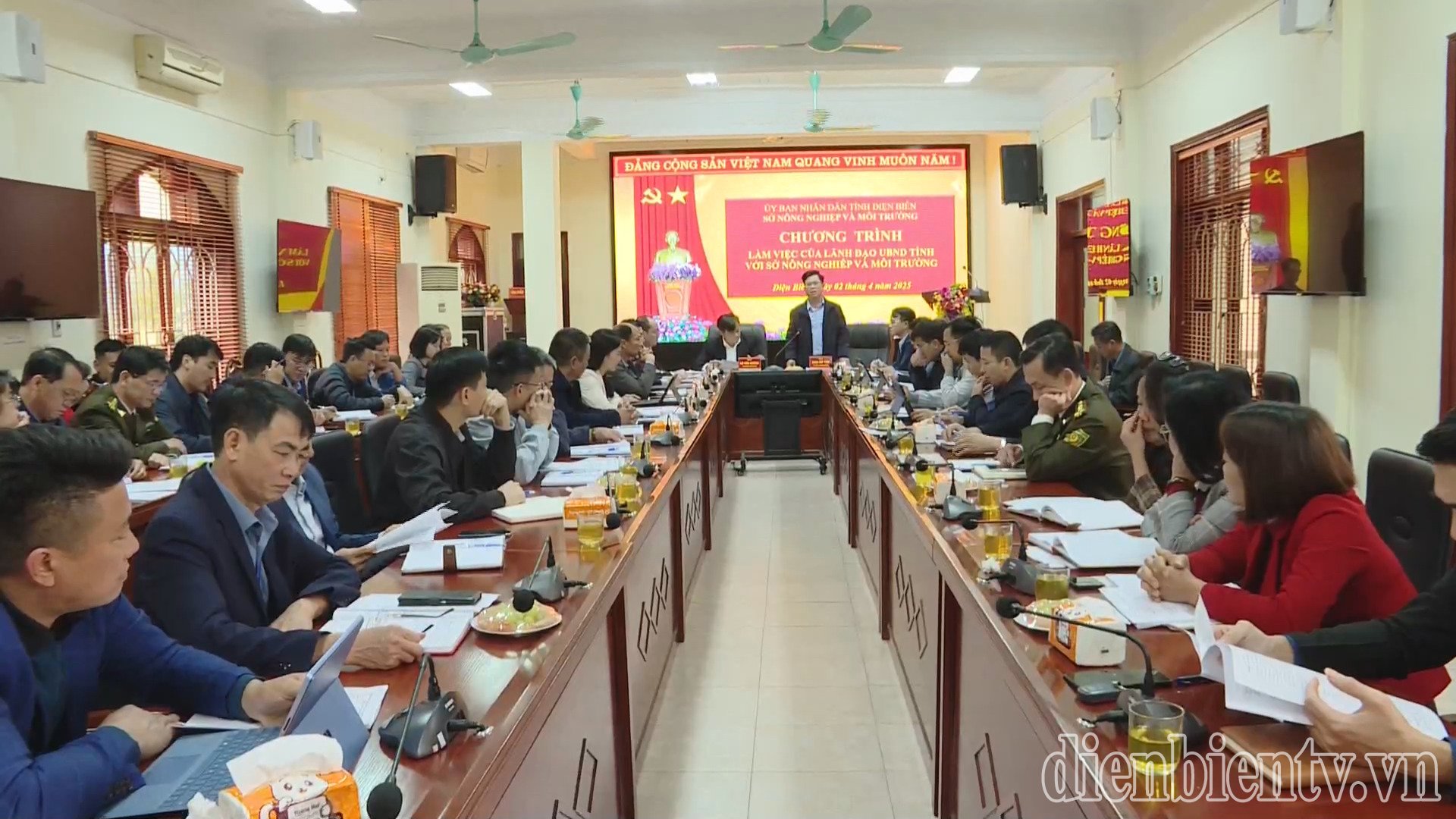
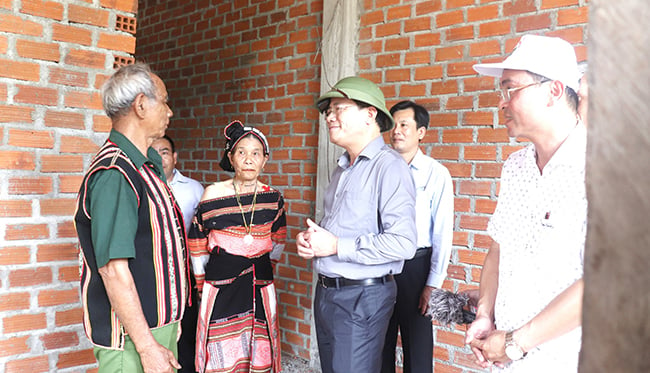
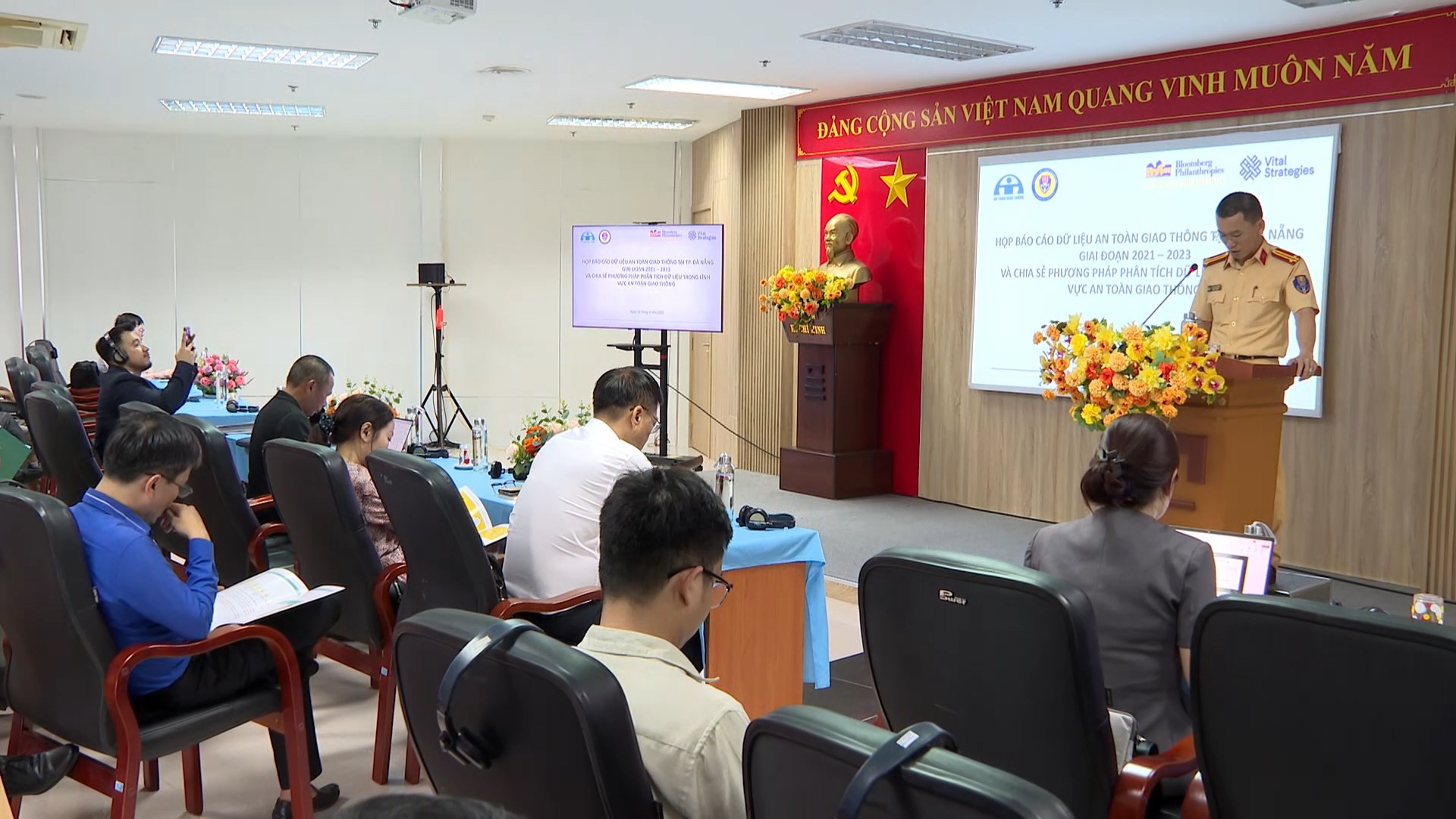
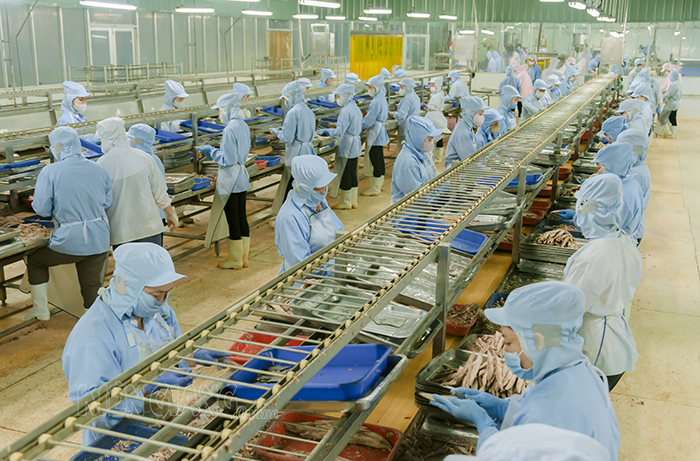
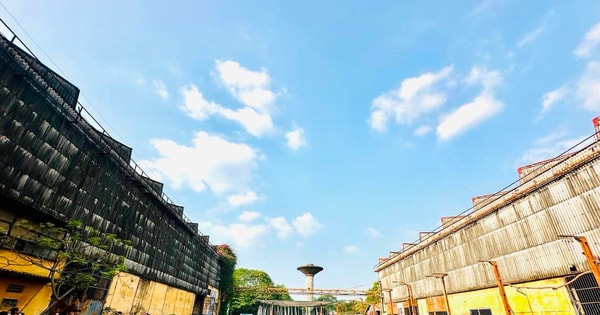







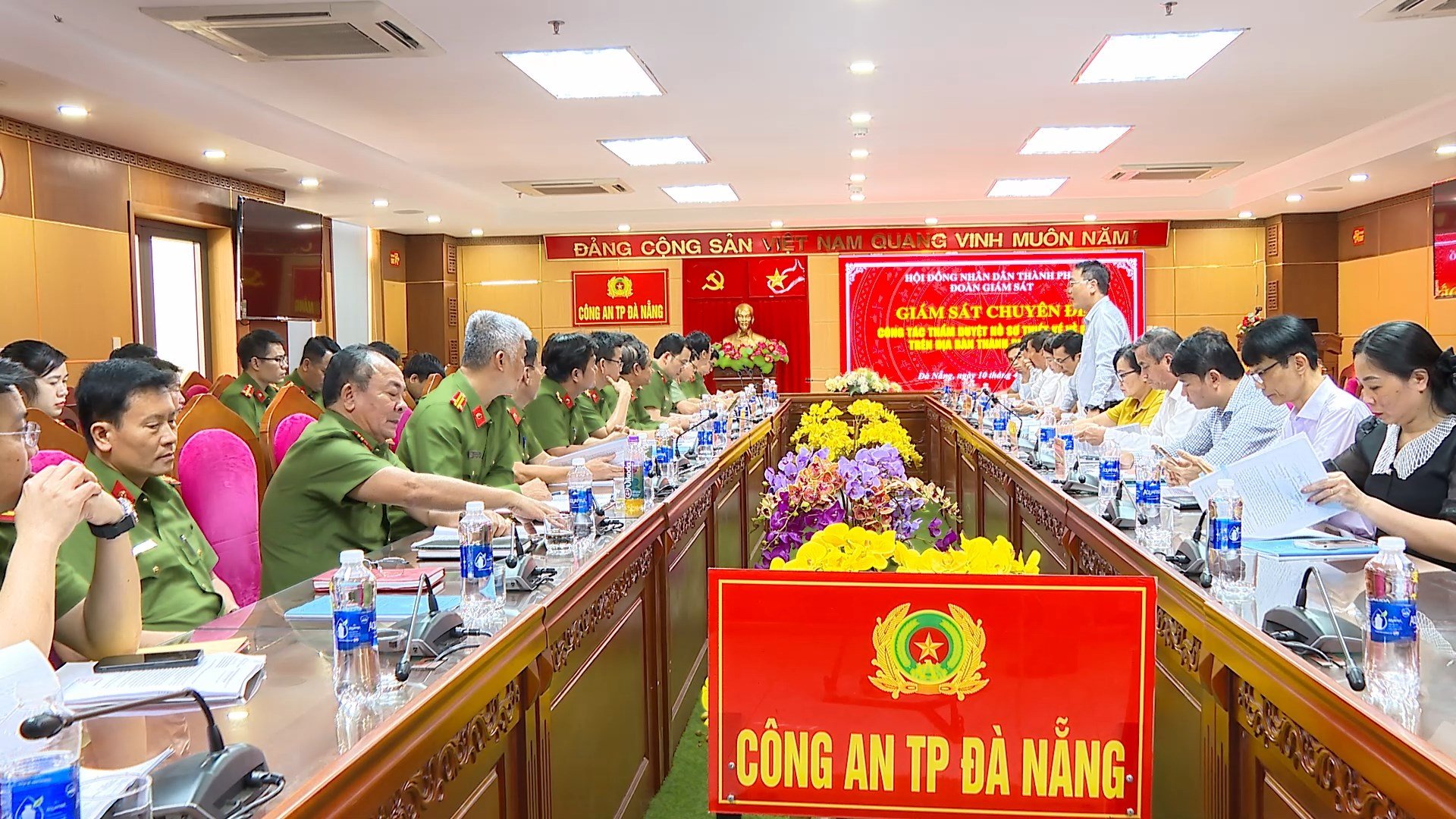
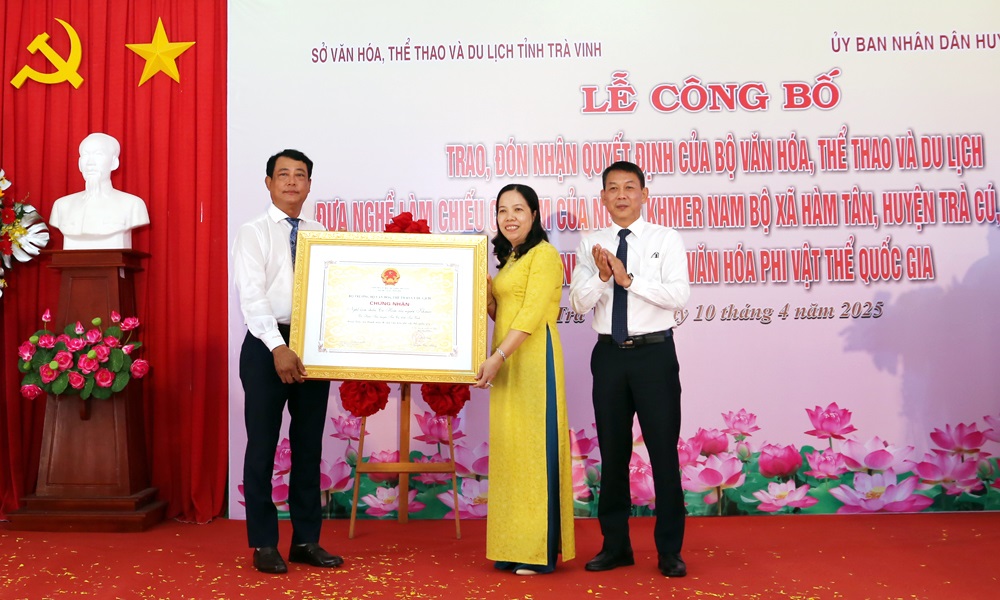
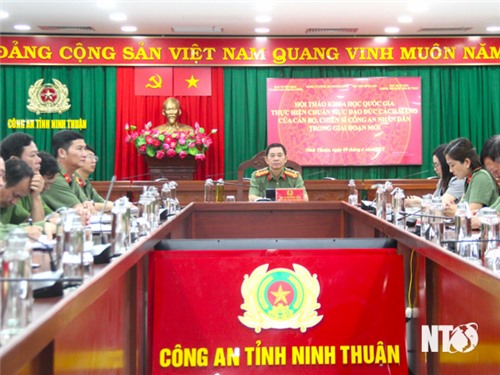















































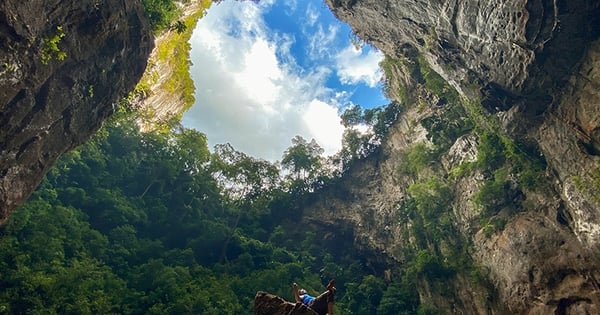
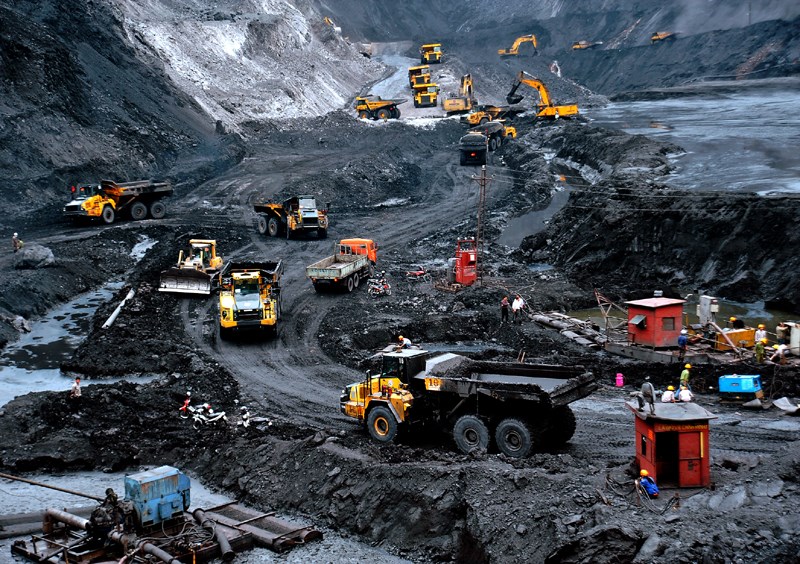

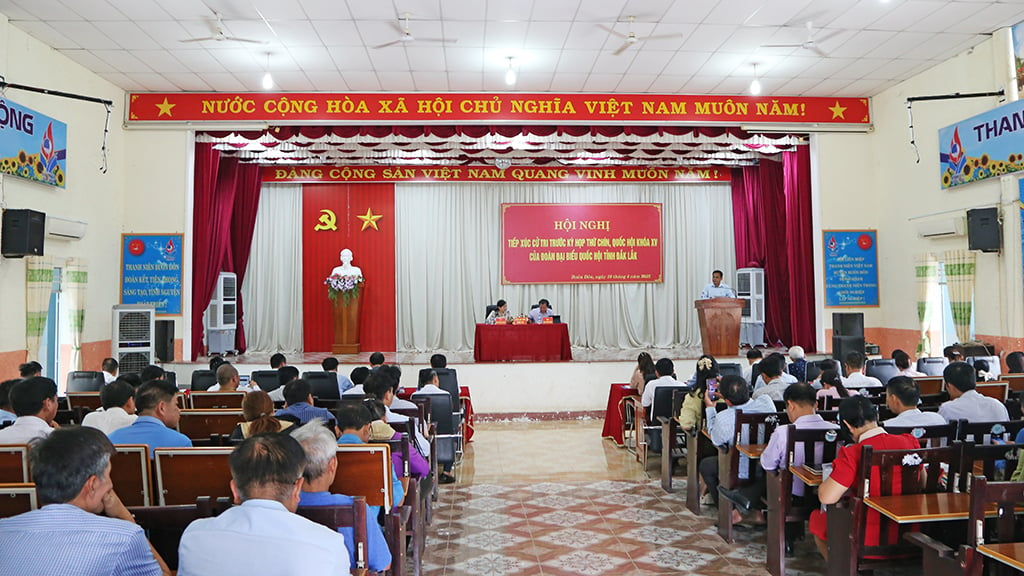
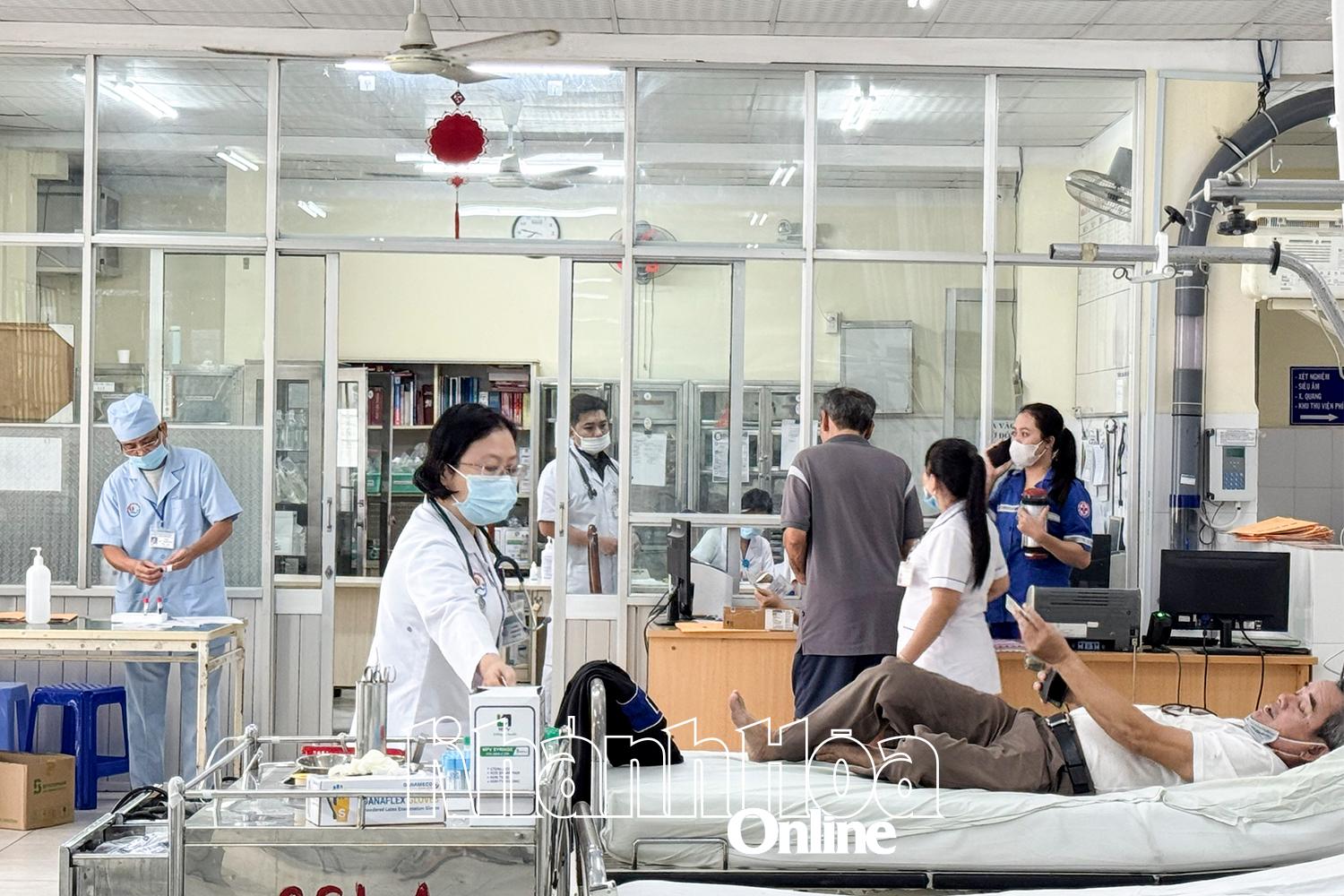



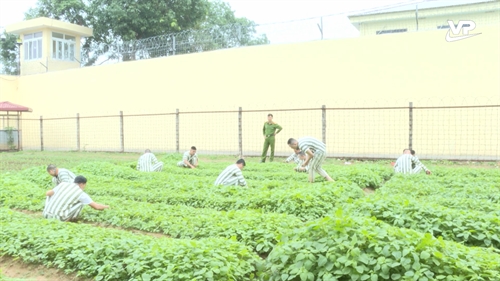










Comment (0)